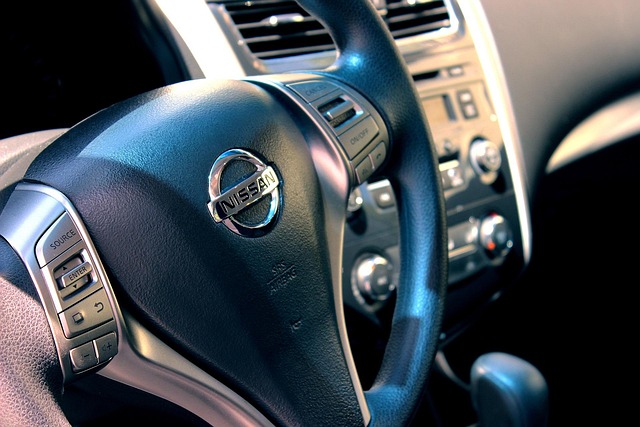If you’re shopping for a used or new vehicle, chances are you’ll come across models equipped with a CVT (Continuously Variable Transmission). These transmissions are promoted as being smoother and more fuel-efficient, and they’re common in a wide range of American-market sedans and compact SUVs.
But here’s the thing: CVTs have a reputation for specific reliability problems—and if you’re not careful, you could end up with a costly repair bill. This guide walks you through what CVTs are, why they’re used in many cars sold in the U.S., and the issues you should watch out for before signing any paperwork.
What Is a CVT Transmission?
A CVT differs from a traditional automatic transmission by using a belt-and-pulley system instead of fixed gears. This setup allows for a continuous range of gear ratios, which helps the engine operate at its most efficient RPM—giving you better fuel economy and smooth acceleration.
CVTs are especially popular in vehicles sold in the U.S. by brands like Nissan, Honda, Toyota, Subaru, and Mitsubishi, and are commonly found in compact crossovers like the Nissan Rogue, Honda CR-V, and Toyota RAV4.
Why CVTs Appeal to Drivers
-
Smooth Driving Experience: No shift shock between gears makes for comfortable city and suburban commuting.
-
Improved Fuel Efficiency: With gas prices varying wildly across states, buyers often prioritize MPG, especially in long-distance driving.
-
Simplified Engineering: In theory, fewer parts should mean fewer things to break—but as we’ll cover below, that isn’t always the case.
Common CVT Problems You Should Know About
While CVTs promise a more efficient driving experience, drivers have reported a range of mechanical issues, especially as these transmissions age. Here are the most common red flags:
1. Overheating Under Load
CVTs often struggle with heat during long highway drives, uphill climbs, or towing—things drivers do frequently. Overheating can lead to early wear or outright failure.
2. Sluggish or Delayed Acceleration
You hit the gas, and the car hesitates? That delay is a frequent complaint, especially when merging onto highways or passing vehicles at speed.
3. Juddering or Shaking
Even though CVTs are supposed to be seamless, many drivers report a shudder or vibration during acceleration, which can signal internal wear or fluid issues.
4. High Repair Costs
When CVTs fail, they often need to be completely replaced—and parts and labor are typically more expensive than traditional automatics.
5. Shorter Lifespan
Some CVTs begin failing around 100,000 miles, which is far earlier than well-maintained traditional transmissions. For buyer who keep cars well past the warranty period, this is a big concern.
Brands with Noteworthy CVT Issues in the U.S.
-
Nissan: Altima, Sentra, and Rogue models from the early 2010s to late 2010s are known for chronic CVT failures.
-
Subaru: Older Outback and Forester models had reliability issues before updates in recent model years.
-
Mitsubishi: Models like the Outlander have received similar complaints, often related to poor durability and laggy response.
Toyota and Honda, while not immune, have generally done better with CVT engineering and support in their American lineups.
What Car Buyers Should Do Before Buying a CVT Vehicle
✅ Schedule a Pre-Purchase Inspection
Hire a mobile car inspection service like iNeedaPPi that specializes in used cars. They can detect warning signs of CVT trouble—like strange noises or jerky shifting—before you buy.
✅ Review Maintenance Records
CVTs require specific CVT fluid, not regular automatic transmission fluid. If the seller can’t show proof of routine maintenance, walk away.
✅ Research Manufacturer Support
Some U.S. automakers have issued extended warranties or class action settlements for CVT problems. Know if the vehicle you’re looking at qualifies.
✅ Test Drive on a Variety of Roads
Don’t just do a quick loop around the dealership. Take the car on highways, up inclines, and through stop-and-go traffic to see how the CVT performs under real-world driving conditions.
Final Thoughts
CVTs offer great fuel efficiency and a smooth ride—perfect for commuting and daily errands. But if you’re buying used, especially in the U.S. where long-distance driving and stop-start city traffic are common, you need to be extra cautious.
The best way to avoid unexpected costs? Have the car professionally inspected before you buy.
iNeedaPPi Mobile Car Inspectors can come to wherever the car is—whether it’s on a lot, at a dealership, or parked in someone’s driveway. They’ll inspect the vehicle, test the CVT, and give you a full report so you can make a confident, informed decision.



